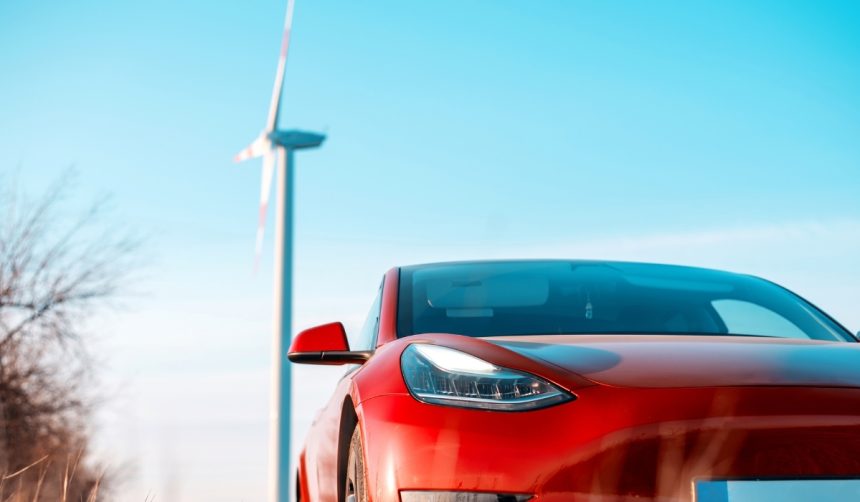Investors are watching Tesla closely ahead of its second-quarter 2025 earnings announcement, scheduled for July 23. The electric vehicle company, led by Elon Musk, has seen its stock value decrease by roughly 19% since the beginning of the year, reflecting shifting sentiment and uncertainty across the automotive sector. Market participants are seeking clarity about Tesla’s future direction, especially as economic conditions, increased competition, and evolving consumer preferences have affected performance. Many are also interested in Tesla’s longer-term plans, such as its Robotaxi initiative, seeing these as potential factors that could impact future profitability.
When Tesla released Q2 figures last year, expectations centered mostly on its core vehicle business and production output, with less focus on alternative business models or federal regulatory impact. Earlier market commentary often emphasized rapid expansion and deliveries, and stock performance had responded positively to exceeding these operational benchmarks. Over recent quarters, however, investor attention has shifted to margin compression, strategic delays, and regulatory uncertainties. Projections for Tesla’s energy storage operations and emerging business lines were not as prominent in prior analyses, but they have now become part of the broader discussion about Tesla’s growth trajectory and financial health.
What Factors Influence the Current Earnings Predictions?
Analysts are increasingly wary of several issues affecting Tesla’s outlook. Challenges such as declining global electric vehicle (EV) demand, intensified competition from both established automakers and new entrants, and more stringent federal EV regulations have contributed to negative sentiment. Concerns have been heightened by CEO Elon Musk’s prominent political presence, which some believe introduces additional volatility to the stock.
How Are Financial Metrics Trending for Tesla?
Wall Street expects Tesla’s earnings per share for the second quarter to stand at $0.39, which would indicate a 25% decrease compared to the same period last year. Revenues are expected to fall by 13%, reaching $22.19 billion. Analysts are also forecasting weaker operating margins as a result of these headwinds, suggesting that further pressure on profitability could continue into subsequent quarters.
Can New Ventures Offset Slowdowns in Vehicle Sales?
During the quarter, Tesla delivered about 384,120 vehicles, reflecting a 13.5% year-over-year decline, while production totaled more than 410,000 vehicles. The company also expanded deployment of its energy storage products, reaching 9.6 GWh for the three-month period. Some financial experts remain optimistic about Tesla’s innovation-driven projects, particularly the planned Robotaxi service, viewing these business areas as potential sources of future high-margin revenue.
“Despite near-term weakness, we anticipate significant value creation from Tesla’s Robotaxi model,”
commented Cantor Fitzgerald analyst Andres Sheppard, who kept his buy recommendation even as he lowered his immediate revenue forecast.
Barclays analyst Dan Levy views Tesla’s fundamentals as weakening, thus maintaining a hold rating, yet he acknowledges that advancements in autonomous taxi platforms may boost investor optimism if milestones are met. Although expectations for full-year earnings per share have been lowered sharply, the anticipation surrounding delayed product launches and updated business strategies continues to shape sentiment among stakeholders. The results from this quarter will provide key insights into whether Tesla can stabilize its trajectory or if further adjustments are necessary.
Investors who are considering Tesla should closely monitor its evolving revenue streams beyond vehicle sales, including developments in the energy storage segment and autonomous mobility initiatives. Tracking how Tesla manages competitive forces, regulatory requirements, and project timelines can provide valuable information for those looking to understand the broader EV landscape. As other automakers increase their presence and as regulatory landscapes shift, Tesla’s ability to execute on its transformative projects, such as the Robotaxi, could impact its recovery prospects and position in the industry.










